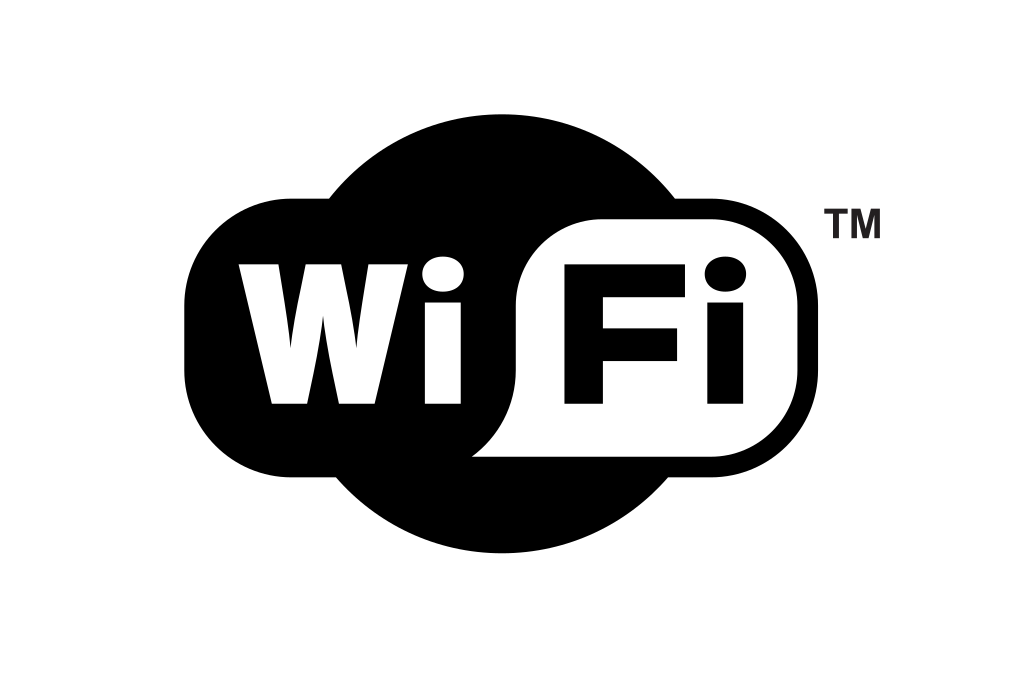Wifi is everywhere and unlike data communications via a cable, the information is transmitted through airwaves free for anyone who wants to intercept this data. Wifi is becoming a more popular means for connectivity so security is something that is constantly looked at and improved. Hence the need for a new revision of the WPA2 security standard that has been around for 15 years. The Wi-Fi Alliance has announced the release of WPA3, a Wi-Fi security standard that will replace the commonly used WPA2 Standard.
WPA3 will offer users and vendors both improved security and privacy across their wireless devices. The WPA3 protocol will strengthen user privacy in open networks through individualised data encryption. The protocol will also protect against brute-force dictionary attacks, preventing hackers from making multiple log-in attempts by guessing commonly used passwords. Simplified security will be provided for devices that often have no display for configuring security settings. WPA3 protocol will also have a 192-bit security suite for protecting Wi-Fi users’ networks with higher security requirements.
“Wi-Fi security technologies may live for decades, so it’s important they are continually updated to ensure they meet the needs of the Wi-Fi industry,”
Whats new in WPA3
Better encryption connecting to Public WiFi
One of the key improvements in WPA3 is to solve the major vulnerabilities that come hand in hand with connecting to open Wi-Fi networks. When connected to open public Wifi networks such as seen in coffee shops and airports, open Wi-Fi networks are convenient but not very secure, allowing anyone on the same network to intercept data sent from other devices.
WPA3 employs individualised data encryption, which scramble the connection between your device and the router to ensure that even if someone gets a hold of your information they would need to decrypt your data.
Updated handshake
One of the biggest vulnerabilities with WPA2 is at present, a hacker can try to connect to your network or try and attack your router by trying to guess your Wifi or Router’s password as many times as they like through brute force and dictionary attacks. If you have a weak password it will take no time at all to hack. . To help prevent new vulnerabilities from affecting WPA, the updated standard uses a new type of 4 way handshake that adds extra protection against password-crackers and similar brute force types of hacking. In other words, even if you’re using a weak password, the WPA3 standard will protect against brute-force attacks where a client attempts to guess at passwords over and over until they find the correct one. Unsuccessful password attempts are automatically tracked by the new protocol.
Better relations with the Internet of Things
Typically you would be connecting to a Wifi network from a device that has a screen like a mobile or a laptop where you could enter password. But with the increasing popularity with IoT devices requiring WiFi connectivity, devices without screens tend to be harder to set up. To make everything much simpler, WPA3 will work similar to the current WPS (Wi-Fi protected Setup) feature we have at the moment, whereby the device is connected to the network by pushing a button on the device and your WPS enabled router or by entering a PIN number.
192-bit security suite – Higher security required for government and important wireless networks
Basically, this is an extra-advanced security that uses CNSA (Commercial National Security Algorithm). this was added purely for high-level government work, defence agencies, and super secret industrial projects to provide stronger encryption for their wireless networks.
When Will WPA get released?
You will start seeing devices that support WPA3 later this year (2019) and all devices will be backward compatible to ensure the soon to become legacy WPA2 will stay connected and hang around for a while. You will be assured that you have a device running the new standard as all manufacturers will need to apply for and be granted the “Wi-Fi CERTIFIED™ WPA3™” mark and this logo will be marked on the device.
Even when you get a WPA3-enabled router, you’ll need WPA3-compatible client devices such as your laptop or phone to fully take advantage of these new features.
While it will take a while for WPA3 to fully roll out and will not be fully mainstream yet. You will start seeing a surge in the very near future and will eventually become a mandatory standard. This means safer, more secure Wi-Fi networks in the future.

